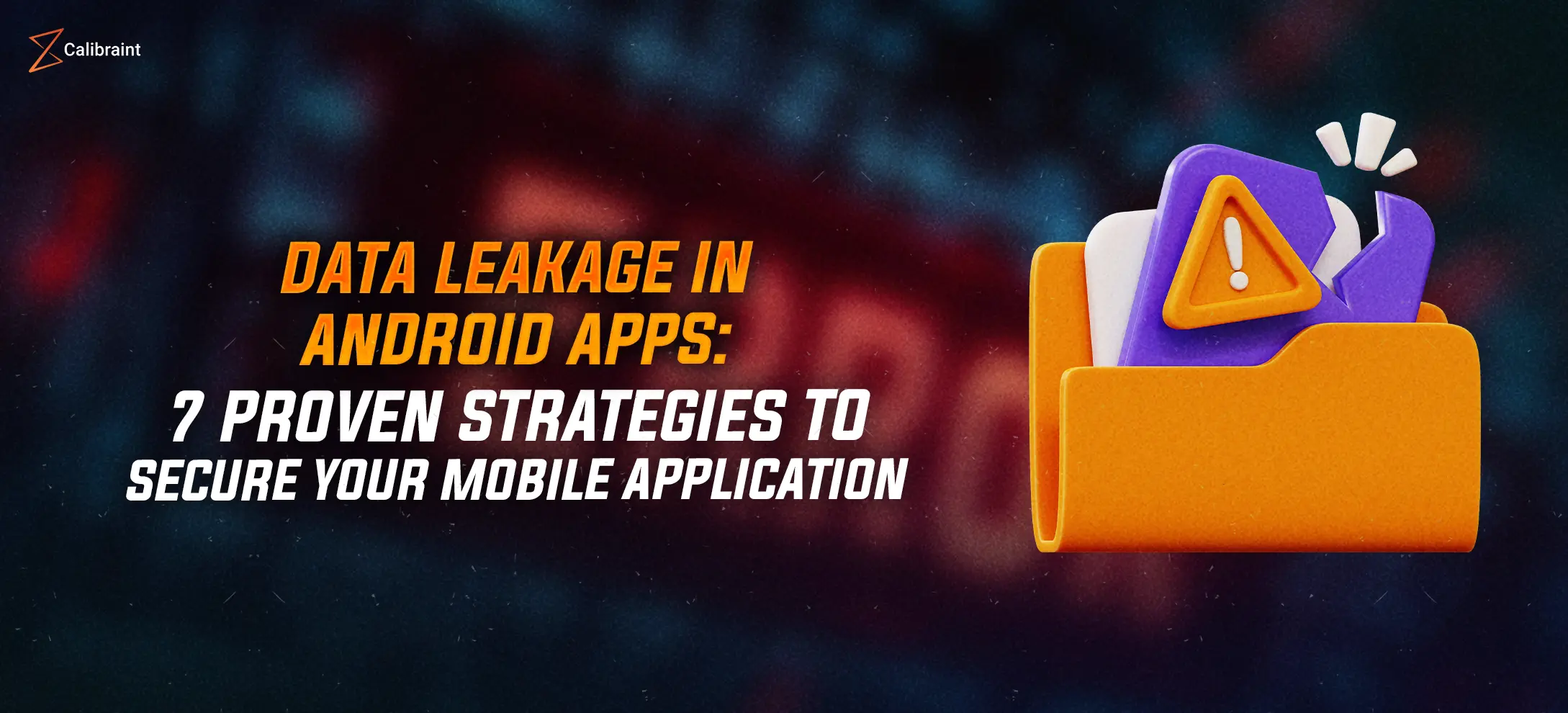Essential Security Crafts For A Multi-Cloud Environment
admin
Administrator
July 27, 2020
Last updated: March 30, 2022
Cloud Computing – Practice The Better & Best Choice
Cloud Computing has flipped the way we do business and has drawn out benefits in many ways. Firstly, deploying cloud improves business productivity, allows the employees and graded users to access the files, and documents anytime anywhere. Cloud computing has been a blessing to the organization especially during the COVID-19 crises that made people work from home. Adopting cloud gives out beneficial advantages to organizations like cost reduction in business operations, staying agile, and pull out new products easily.
Back in the early days, the organizations prefer with a single cloud for the Infrastructure as a Service (IaaS) but now all the ideal leading organizations are moving towards the Multi-Cloud strategy providing opportunities to more than one cloud service provider. Since a single cloud vendor cannot provide all the functionalities and possibilities that a business needs, moving towards a multi-cloud service is the only way to maximize the cloud benefits. Everybody in our family owns a mobile phone but not in the same brand because we all want to experience the best of all brands. Hence similar way organizations go with different cloud service providers to experience the best and better of their services.
Advantages of Choosing a Multi-Cloud Approach
According to the 2019 Cloud Security Report, almost 85% of the leading organizations are using multi-cloud services for their business. It is reported that even small organizations are moving from single cloud services to a multi-cloud approach to enjoy the benefits of sharing the workload with multiple cloud service providers.
Prevent Downtime and Disruptions
When an organization runs on a single cloud and the service goes down then the business may subject to a huge loss. In that case, having a multi-cloud strategy somehow helps to balance the situation, if one cloud service provider goes down than the remaining service provider eases out the situation.
Vendor Lock-In
Vendor Lock-In happens in all businesses, getting used to single products or services for a long time making it difficult to move to new platforms is called Vendor lock-in. Functioning with a single cloud vendor can make organizations locked in a single room. Thus multi-cloud strategy allows you to get rid of lock-in with one platform by ensuring another platform available when needed.
Best Solution
A multi-Cloud strategy allows the organization to select the best platform that provides the desired result. The business can choose the best and customized solution of their choices, like choosing Amazon services to enjoy the machine learning tool along with Google cloud services for high-speed database services.
Also Read, Cloud Service Models – The Operating Model Study
Security Practices – Multi-Cloud Environment
Though the multi-cloud services come up with vast advantages, it is the responsibility of the organization to look into the pitfalls and secure their data against mischievous patterns. Let us look into the best practices that need to be implemented for the Multi-Cloud strategy.
Synchronize Automate Policies Across Environment
It is important to maintain the synchronize automate policies across all the platforms that an organization uses. Having identical operations across different platforms may lead to a lack of proper security settings. Hence security policies need to be automated gradually across all platforms at the time of threats. Also, applying standard policies will be helpful in the case of updating or changing the configuration settings of different infrastructures at once.
A standard synchronized automated policy must be included in the following area- workloads, data storage, traffic flows, virtual servers, and security.
Right Tool Selection & Monitoring
Probably finding the right tool can cut down most of the traits and security issues. The best tools allow the organization to synchronize the security policies across different platforms easily. The environment needs to be monitored closely hence the tools that automatically acknowledge the issues need to be deployed and this is achieved by imbibing security monitoring strategy.
Identify and Match Up
It is important to know the cloud roles in the overall management systems in order to avoid the backfill gap in the data. Different business needs different tools and modules for operations hence, identifying the perfect one for the business is a substantial aspect before opting a multi-cloud strategy.
Data Migration
At times, the organization needs to transfer the data from one cloud to another cloud, this isn’t easy as it sounds. The process takes a lot of time, include complexities. The multi-cloud strategy should be in accordance with the attributes specified by enterprises during data migration. In order to avoid huge data distraction and failures test data should be migrated initially.
Quick Response
Always work with the vendors who can provide great support during unseen terrible situations. When an organization works with a multi-cloud strategy there are high chances of facing a few unexpected situations, hence the cloud vendors should be always ready to report and address issues with their enhanced security and new features.
Follow Users
Paying attention to users’ reports helps to know more the user’s behavior with different tools. Keeping an eye on users’ actions can help to analyze the user’s preferences and most liked tools and services. This would help the organization to upgrade the features and services based in the future.
Cut Down Point Security Solutions
Having additional point security needs extra upholds and maintenance, it needs more expert professionals to handle and operate. Hence minimizing the point security solution that doesn’t integrate well will reduce the complexities.
Security Tools
One cannot rely on a single cloud vendor for security services. Example – the AWS can provide security to AWS cloud and Azure can provide security to its own cloud. Hence a common security tool needs to be adopted to provide security to all clouds in the environment.
Conclusion
It’s completely an organization’s choice to move towards a multi-cloud strategy, but it’s important to be aware of what that defines it and the business specifications before adopting a multi-cloud strategy. The pursuit of imbibing a multi-cloud strategy is that even a small fall that occurs in your business operation network, can be protected and limited at a large scale. So, opting for the right strategy is all about balancing and making the business run swiftly without any disturbance during any strikes.
Reference, blogcheckpoints!
admin
Administrator
July 27, 2020
Last updated: March 30, 2022


























